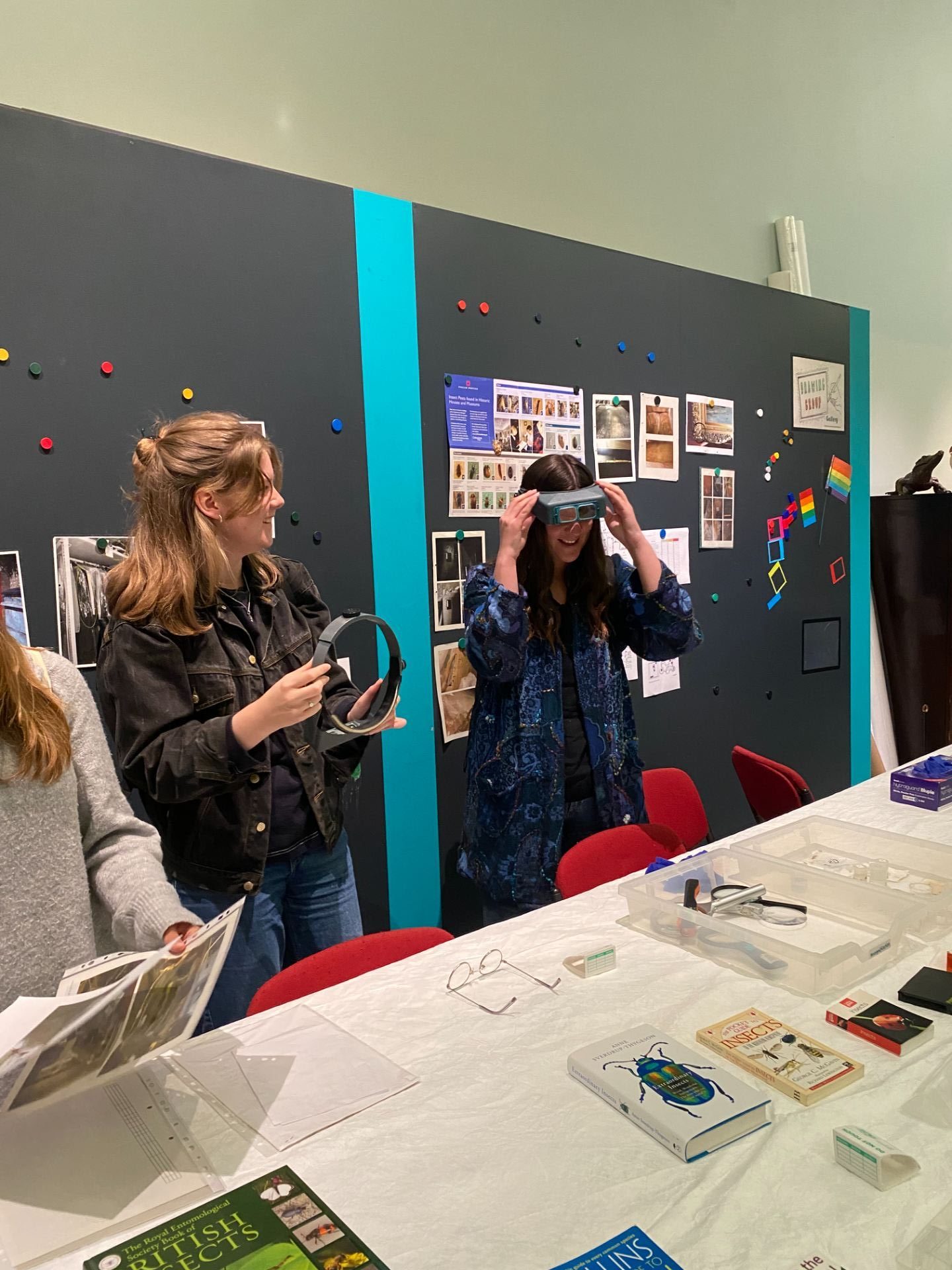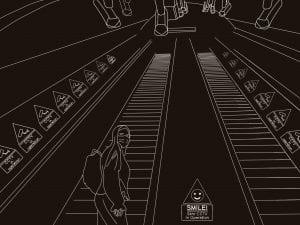At Brighton we offer two degrees in this programme area: a Fashion and Design History course and an Art History and Visual Culture course – find out more from lecturer Dr Veronica Isaac about them and what and how you’ll learn.
Here, lecturer Veronica Issac, who has a background in the museum sector and worked for the Department of Theatre and Performance at the V&A Museum for over 10 years, answers key questions on what you can expect from a degree at the University of Brighton.
I haven’t studied history of art or fashion before. Does this matter?
No! We’re looking for students who are excited to learn and open to engaging with news ideas and sources. We also inspired by the different perspectives and knowledge everyone brings to the course.
Should I apply for the Fashion and Design History course or the Art History and Visual Culture course – what are they key differences?
If you already know that you want to specialise in Fashion and Design History then this is one of very few BA courses in which you’ll have the opportunity to do so. Choosing this course will give you access to modules which focus specifically on debates and research connected with fashion, dress and textiles. If you’re not certain, you could actually choose either, as there’s still enough flexibility when you choose option modules in Level 5 (Year 2) to decide to study a module from the Fashion and Design History, or the Art History and Visual Culture course – so there’s scope to build up a range of experience in both areas.
What should I put in my personal statement / cover letter?
We want to know about you and why you want to study at Brighton. What interests you about the course? Is there anything specific you hope to learn or experience? Is there a particular reason you want to study in Brighton (the area, the teaching staff, the things you will have the opportunity to learn about). We’re also keen to understand what experience and ideas you will bring to the course – What do you enjoy studying? What life experience do you have which might be relevant to the course? Do you write, draw, make? All these skills – and more – are relevant and helpful. Do you have any longer term ambitions which this course might help you to achieve? We want to know this course is a good fit for you, and that you’ll enjoying growing and developing during your time here. One of our students has written a blog post sharing tips based on their experience of writing a personal statement, which you can read here. We also have a dedicated page here on our website about this.
Is a placement part of the course?
There is the opportunity to undertake a 30 hour placement with an organisation from the third sector or public service sector (not for profit) as part of the course. You are matched with a host (generally from the local area and connected with arts and heritage) and have a clearly defined role and focus for your placement. The aim of the placement is to give you the chance to gain professional skills which will boost your employability. They also you a great chance to learn about which areas of work you enjoy and where your strengths lie.
How is the course taught?
The courses are taught through a combination of lectures (delivered by staff and inspired by their ongoing research), seminars (discussions in smaller groups with fellow students, often with some preparatory reading or research tasks) and workshops which often involve object handling (led by staff and external specialists and focussed on gaining specific training or skills, or experimenting with particular research methods). You will also have the opportunity to go on class visits to relevant art galleries, museums and heritage sites.
What introductory reading do you recommend?
There’s nothing specific you need to read to be ready to study here, but if you’re interested in Fashion and Design History, there are wonderful resources online you can explore – Google Arts and Culture https://artsandculture.google.com/ and the Fashion History Timeline https://fashionhistory.fitnyc.edu/. It’s hard to choose a specific book as it would depend so much on whether there was a particular time period, or aspect of fashion which interested you, but some books I love are: The Birth of Cool, by Carol Tulloch and Dress in the Age of Jane Austen: Regency Fashion, by Hilary Davidson. If you’re keen for further recommendations, ask us at open days and we’ll happily provide you with a list! You’ll also have access to fantastic range of texts in the library when you study here and plenty of time to read more about your subject.
How soon after I apply will I know if I have a place? –
Universities are due to respond to applications submitted by 26 January 2022. This is the generic deadline although we aim to respond as soon as possible. UCAS Clearing opens on the 5 July 2022, this is when students who have not already received an offer from us may contact us to check if there are still vacancies and apply through clearing to be considered for a place.






























